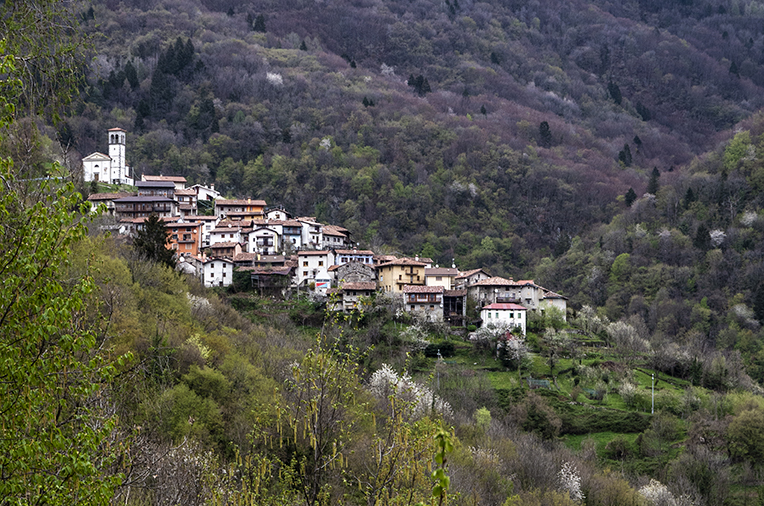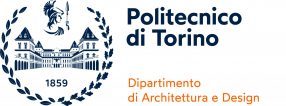
Ostana and Topolò: hardware, software and welfare in “return” communities
Ostana and Topolò are two small villages at the far ends of the Alps that have a macroscopic point in common, not so obvious for Highland areas: the reversal of the trend of demographic decline. It is not just about numbers, but rather meanings: for these communities to be reborn, it was crucial to act simultaneously both on the tangible dimension of the place – with the restoration and reuse of the architectural heritage – and on the intangible one, with the introduction of new activities, functions and collective usage. The widespread design and restoration of the architectural heritage, together with the presence of aggregative and social-spatial foci, is what characterizes these two experiences. These spaces, located within the settlement fabric, are configured as reference points for the community: they are an expression of a need still present in the contemporary world, and are themselves, in turn, capable of generating new processes. Casa Juliova in Topolò and Lou Pourtoun in Ostana are the most significant social foci of the two villages: two different ways of interpreting the reuse of the local architectural heritage, both objects of a “memory and creation strategy” (Choay, 1995). The two experiences demonstrate how the “physical” intertwining between culture and welfare is a winning strategy in the revitalization and self-centered regeneration of Highland areas. Are marginal territories ready to face the next socio-environmental challenges?







